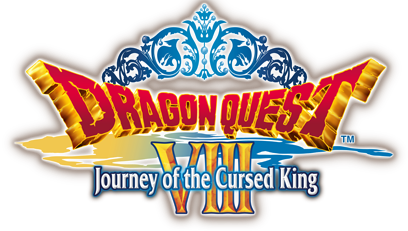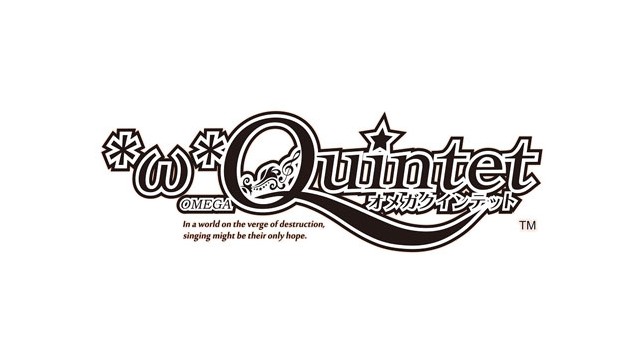More info from Idea Factory
- Genre: JRPG
- Platform: PS4
Progress
- Roughly 25 hours of story
- All available side quests up to that point
- Shelved in favor of other games, gameplay fun but repetitive
Omega Quintet can best be described as an idol JRPG. Per the story, you are putting together a Japanese idol group in order to save the world (or at least the city you’re in), and fighting lots of monsters in doing so. You hit all the JRPG/anime stereotypes, but the lighthearted story and interactions, and pretty solid game mechanics make this an overall solid experience for PS4 gamers looking for a new JRPG to fill that niche.
What I Liked
The battle system itself was pretty fun. It takes the time/turn-based gameplay of a game like Final Fantasy 10, and adds some range and AoE mechanics that add a lot of depth. Moves can be single target, horizontal or vertical line AoE, or circular range AoE, so finding the right moves and right target to maximize full party damage adds some interesting quirks to the battle system. In addition, the full party can engage in combo mechanics for particularly large damage. On top of that there is a pretty nice elemental system for additional damage bonuses, with the addition of individual weapon types per-character that act as elements. Overall the battle system takes some well established gameplay from other games, and adds a lot of potential depth possibilities to really round out the battle situations.
The characters and interactions between them are also fun. For the most part the game doesn’t take itself very seriously, so a lot of the dialogue ends up being pretty light hearted. However, for the type of slice-of-life in a post apocalyptic world that the game takes place in, it adds a very non-serious tone that I feel fit the game well.
What I Didn’t Like
Missable side quests bug me in most games. In this case, the side quests are time limited, but not always in the most obvious way. My tendency ended up being to crunch on side quests until I finished them all, while avoiding story triggers that I knew about. In some cases, missing the side quests meant missing moves that aid overworld navigation and interaction, blocking some additional treasures that would otherwise be available in hidden spots. It didn’t end up penalizing me particularly much, but I prefer games that allow side quests to be done at leisure, particularly when they can have long-term negative consequences in the game.
What I Was Indifferent To
Overall the individual zones were pretty average. The world consists of a 2D world map, then a bunch of smaller 3D zones with more or less linear paths. As the game progresses, different environmental interactions open up the areas a bit more, but the maps still tend towards being pretty compact, with usually 3-5 enemy types per environment.
Side quests also tended towards being just kill x monsters, collect y items, etc. Overall they were simple objectives, but to some extent felt necessary for character growth to at least be grinding them out a bit. They provided for the bulk of easy points for gear purchases and upgrades throughout the game, so doing side quests was beneficial enough to worry about keeping them completed, but didn’t add much to the experience.

